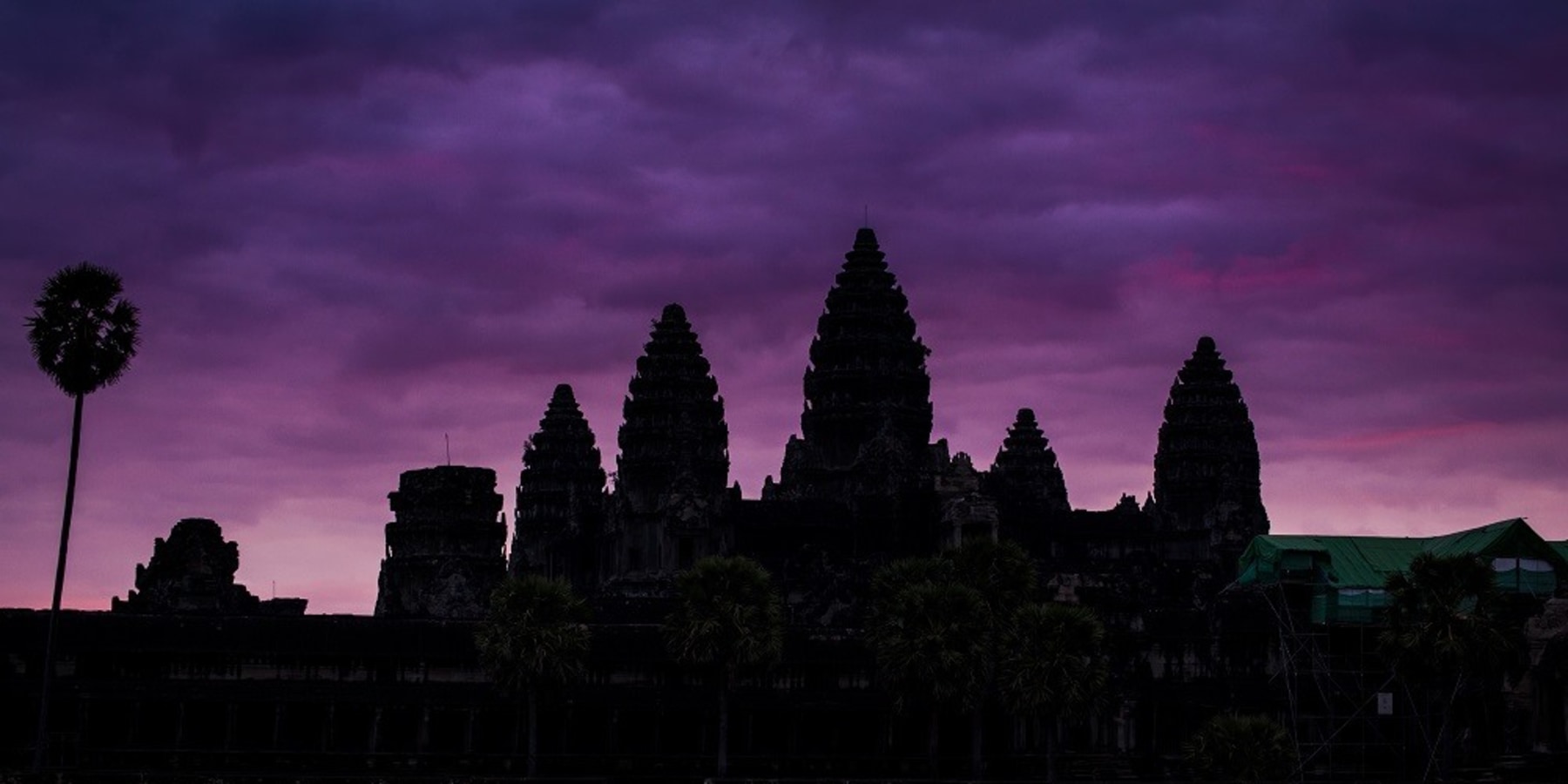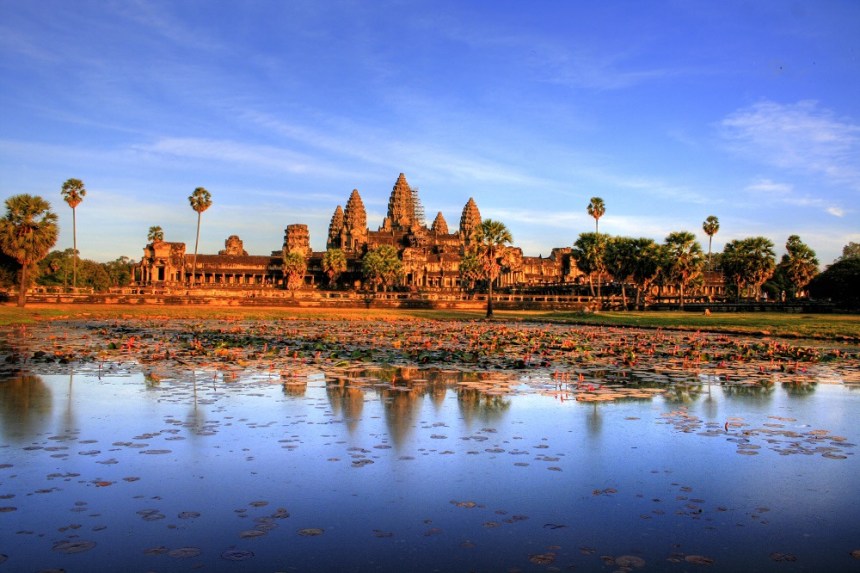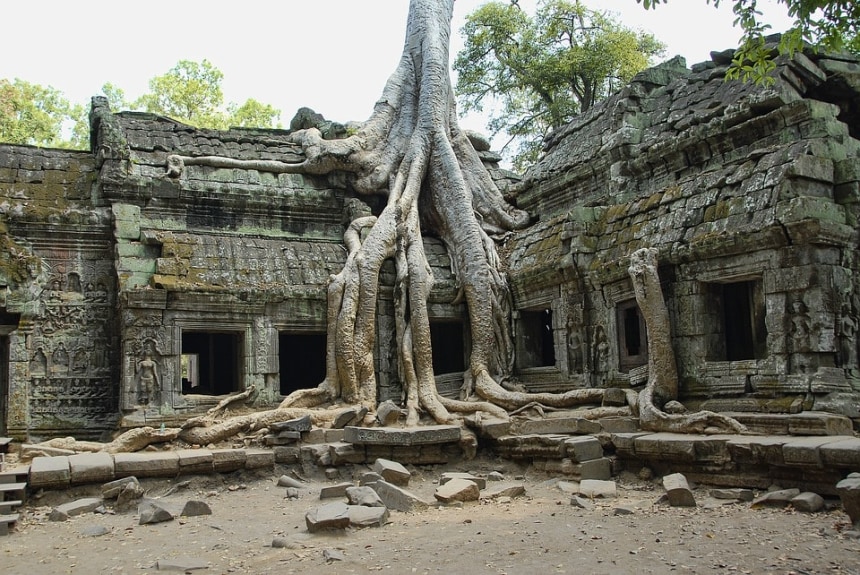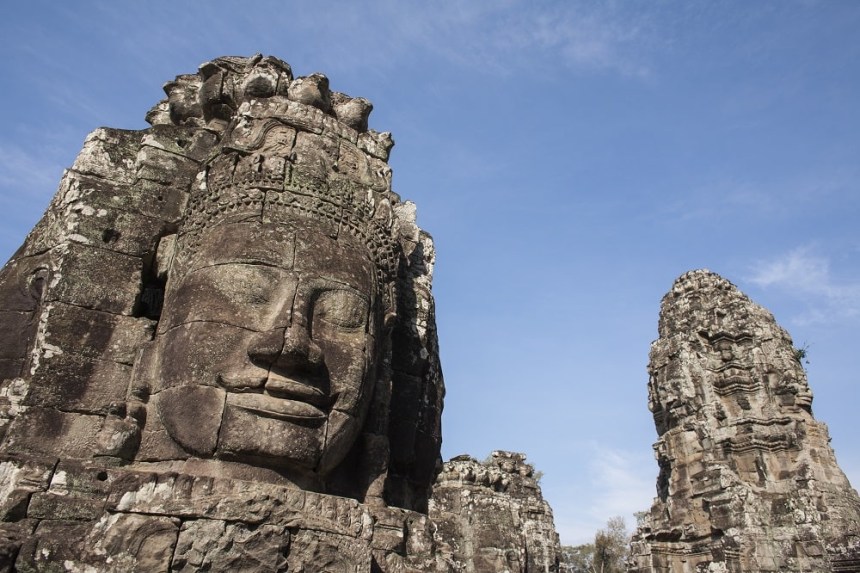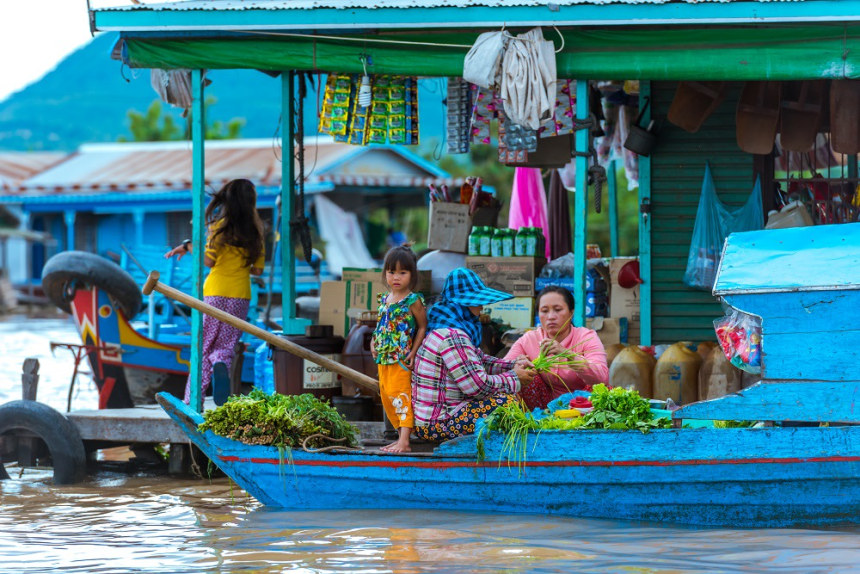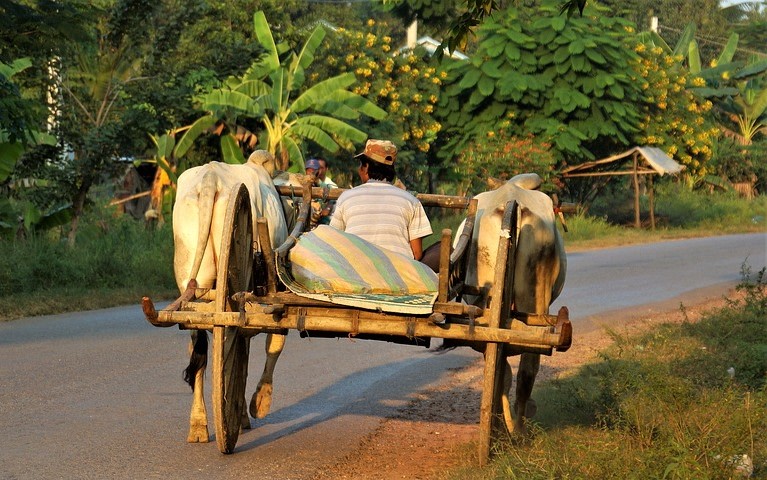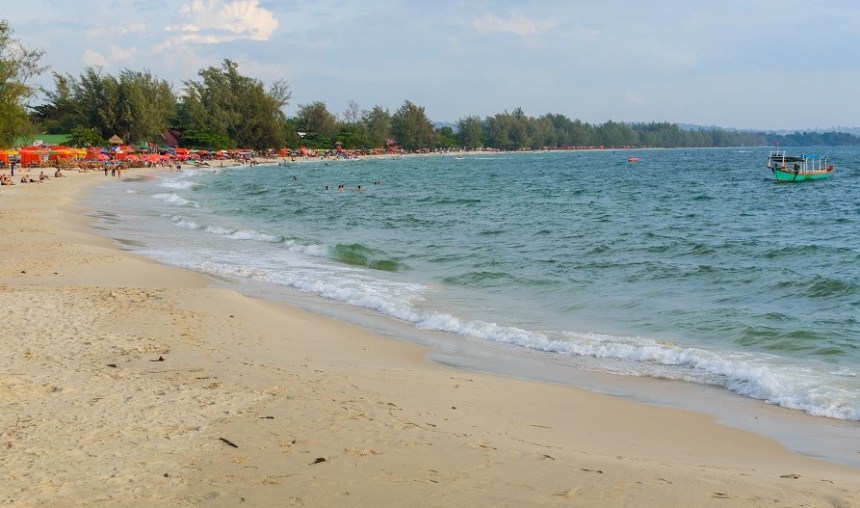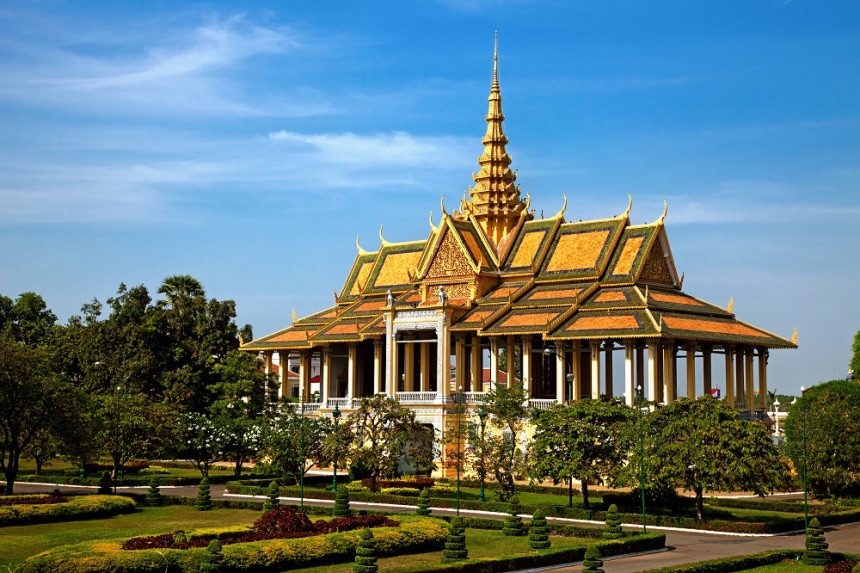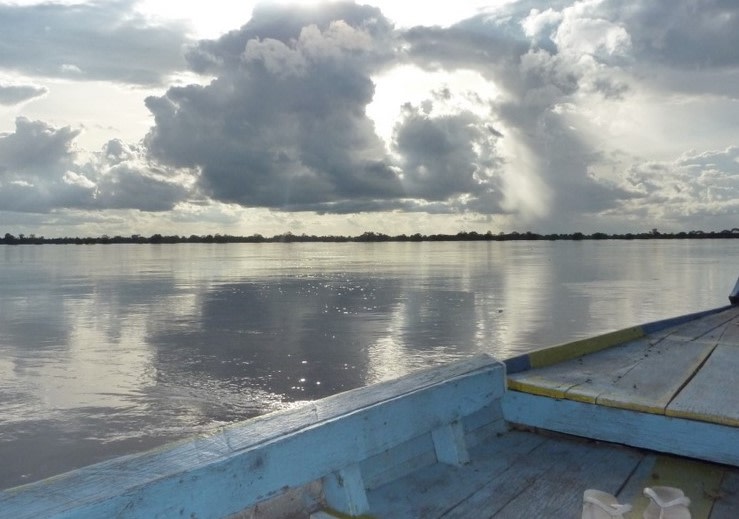| 8 mins read
Jo Rushton
Known primarily for the impressive Angkor Wat temple complex and the genocide of the Khmer Rouge era, Cambodia gives you a chance to go beyond the ordinary. It has two main cities with airports; Siem Reap and Phnom Penh. In this travel guide, we'll start with flying into Siem Reap, but there’s nothing stopping you from reversing the order.
Siem Reap to start
Home to Angkor Wat, this is the most visited tourist attractions in Cambodia and it’s easy to see why. Understanding the story of Angkor and it’s 900-year history is a challenge and having an Angkor Wat tour guide will help understand the cultural and historical nuances of these ancient temples. You can buy one-day or three-day tickets depending on your level of interest.
Sunrise at the main Angor Wat temple, although busy, is very much worthwhile. Sunset is a must as well. Your tour guide might have some lesser-known spots up their sleeves for these famous views, so dig deep into their local knowledge.
Once you’ve got your Instagram shot, you need to choose which route to take – the Big Circle or the Small Circle. The Small Circle hits all the temples you’ve seen in the movies and in photographs.
Ta Prohm, also known as the ‘Hollywood Movie Temple’, is the location where Angelina Jolie was filmed Lara Croft: Tomb Raider. The crumbling walls with trees coming out of the stones are famous, and a delightful symbol of nature never being held down for too long.
Bayon Thom, or the temple with faces, Elephant Terraces, and more temples are also on this well-trodden route. It’s busy, but don’t let that put you off. The history of the ancient ruins is fascinating, and your Cambodia tour guide will fill you in.
The Big Circle is ideal if you have a second day of temple fever in you. Everything you see is just as stunning but slightly quieter. Sras Srang Lake is a highlight, and a trip off the beaten path to the Lady Temple is definitely worth it.
After you're done exploring the temples, take a day trip to one of the Tonle Sap floating villages. The Mechrey an Kampong Khleang villages are the best ones to learn about a whole different way of life; floating houses, pavements, schools, shops, and restaurants waiting to be discovered. The lake’s water level is seasonal and some of the floating and stilted houses move around the water to make sure the villagers can still catch their fish.
Downtown Night Markets – Head to the Made in Cambodia market for the best bargains in Siem Reap. Here, you can buy crafts made by people working towards their independence. This is a market dedicated to ethical trading, so your dollars can be put to good use.
Next, visit the War Museum Cambodia to meet guides who can tell you their personal and family experiences during Cambodia’s darkest days. Siem Reap may be steeped in medieval history, but time didn’t standstill. The fields around the city saw some vicious fighting in the era of the Khmer Rouge and the battles that followed. There is Soviet and American hardware as well as a guide to the landmines that still litter the landscape. It’s not a light-hearted afternoon but provides an interesting context to the rest of your exploration in Siem Reap.
A day or two in Battambang
A much smaller, and indeed quainter town than Siem Reap, Battambang is a great stop as you head to the coast. In years gone by local people would shuttle along the disused railway tracks on bamboo platforms but nowadays, the tracks are being put back into commission so tourists can’t take a joy ride anymore.
You can still partake in the fun; the old vehicles and some original sleepers and tracks have been moved out to near Phnom Baan. For a fun day, have your Battambang tour guide take you to the new Bamboo Railway and also show you around the Angkor era temple.
If you're into acrobatics and juggling, check out Battambang Circus. Its a great organization that is bringing skills to kids with little educational access.
To the coast
Sihanoukville was once a quiet backwater that only the most intrepid travellers would get to. However, the main town has been taken over by resorts and concrete buildings. It’s fine as a stop-off to get you to paradise proper though.
Head down the coastline to Otres Beach. The hippy vibe will instantly chill you out and the beach is less manic. A boat trip over to Koh Rong and Koh Rong Sanloem for a few days of supping coconuts and lying on hammocks is a good idea. Koh Rong Sanloem is much quieter, but there are developments planned for both so it’s best to get there sooner rather than later.
This is an ideal spot to do some scuba diving, the marine life around the islands are stunning and there are great reefs to explore. Koh Kon sits between the two bigger islands and is ideal to base yourself for diving, whether you’re new to the hobby or a sun-worn scuba-holic.
Phnom Penh awaits
The bus journey up to the capital city from Sihanoukville can be up to seven hours long, so plan for it to take the whole day. Night buses aren’t a great idea, as much as they save precious adventuring days, the poorly lit roads are notoriously dangerous at night.
On your first evening in Phnom Penh, go down to the riverfront. There a wide path, gardens and parks, and restaurants and cafés dot the city side. The Palace is lit up wonderfully in the evening and locals congregate on the square out front – a great spot for people-watching.
Seeing the sights of the city could be done in a day, but it’s worth taking two days to explore it well. It’s impossible to ignore the Khmer Rouge era and the genocide of up to 2 million people in the 1970s. To best understand it, take a Phnom Penh tour guide who can explain things. It is still very real and raw – most people have family stories to tell – so having a local with you will definitely make your day more real.
Choeung Ek Genocidal Center, otherwise known as The Killing Fields, is a chilling reminder of the past. There is a stupa in the middle of the site, filled with the bones of the bodies excavated from the site. The mass graves are simply marked and the atmosphere is rightfully sombre. Take your time to feel what you are seeing here, it’s one of the most powerful places you are likely to ever visit.
To give context to the horror, have your guide take you to S-21; it’s a former school that was used as a prison and torture centre and is now a museum to the devastation. There are regular screenings of a short film to help you figure out what you’re seeing, but the presentation is so raw that it's unlikely to escape you. Both of these places are sites of much contemplation and it will be a tough but rewarding day.
The following day, raise your spirits as you visit the Silver Pagoda and Royal Palace. There’s little by way of explanation in the palace so having your Phnom Penh tour guide to give you details is a great help, especially with the opening hours and how to go around.
Dolphins on the river
If you have a few days spare, taking the trip up to Kratié for a couple of nights will be eminently rewarding. Located on a great turn in the Mekong River, the town is small and the sunsets spectacular. You can watch the red sun fall behind the majestic landscapes as fishermen trawl for their evening catch.
You must see the Irrawaddy dolphins here. They come to this part of the river to breed and they come out to play in the mornings. Your Kratié tour guide will help arrange a boat to take you on the river. There is a fantastic NGO project that has helped former dynamite fishermen to become tour guides and help conserve rather than kill the mammals.
Final thoughts
Cambodia is full of contrast – Angkor can lift your soul at the thought of human co-operation and ingenuity that created it, then you can plummet to the depths of sorrow as you reflect upon the gruesome history of the country. Both are powerful thoughts and neither should be neglected as you experience some of the kindest and most open-hearted people you’ll meet in South East Asia.
"Jo has been through many incarnations since first arriving in Asia ten years ago. From backpacker to English teacher, then tour guide and travel writer, she loves the adventure and diversity of Asia."
Image details and licenses: Kratie: https://flic.kr/p/8Bo31X (Ronan Crowley, CC BY-ND 2.0)

